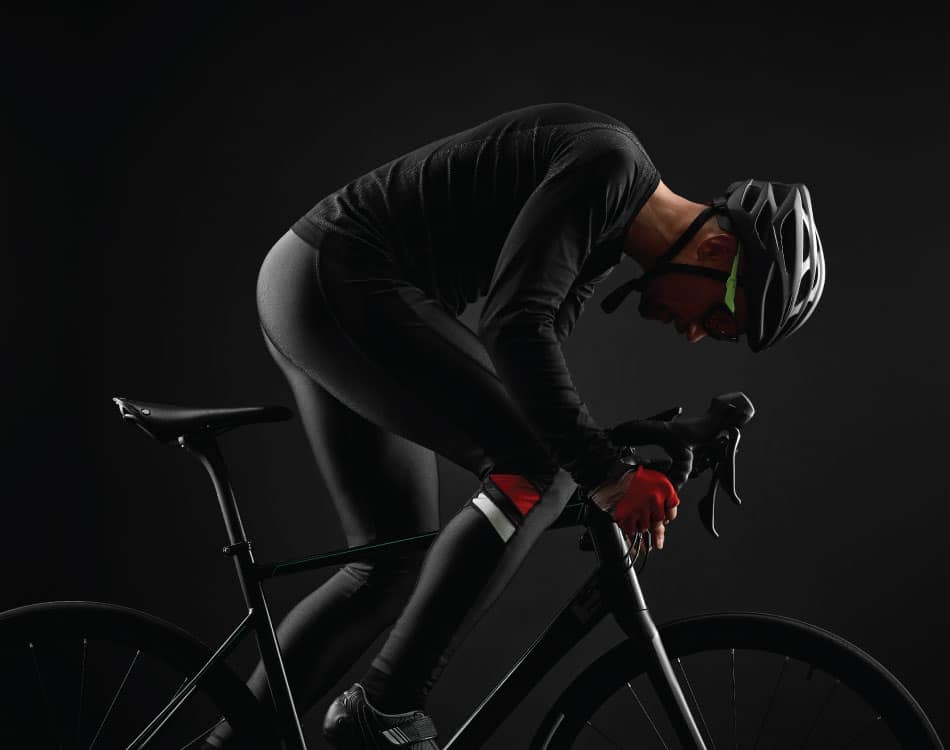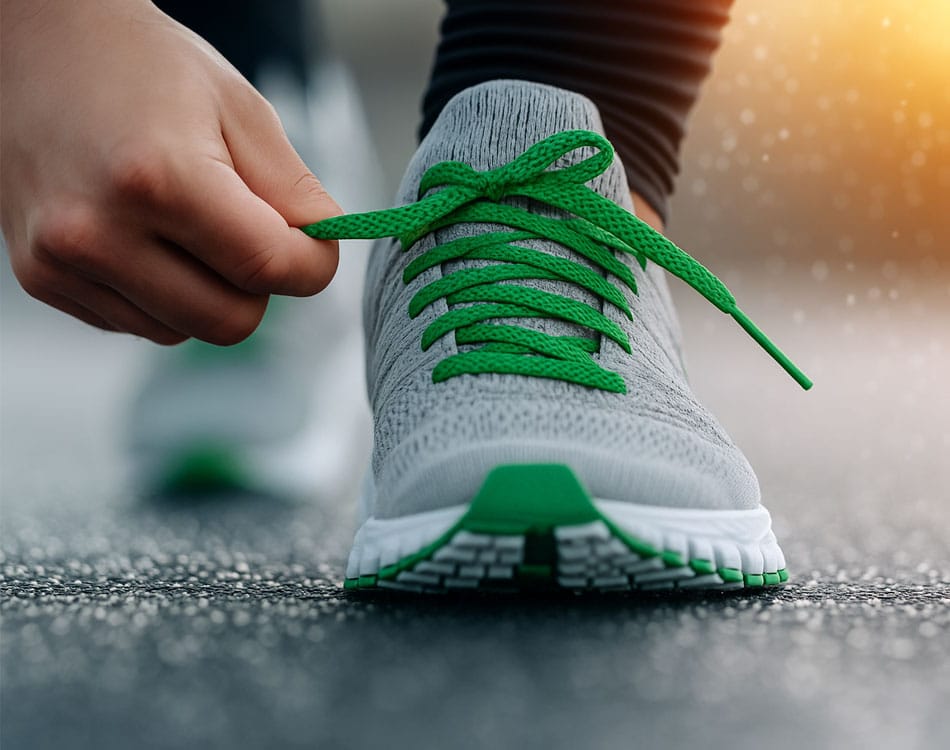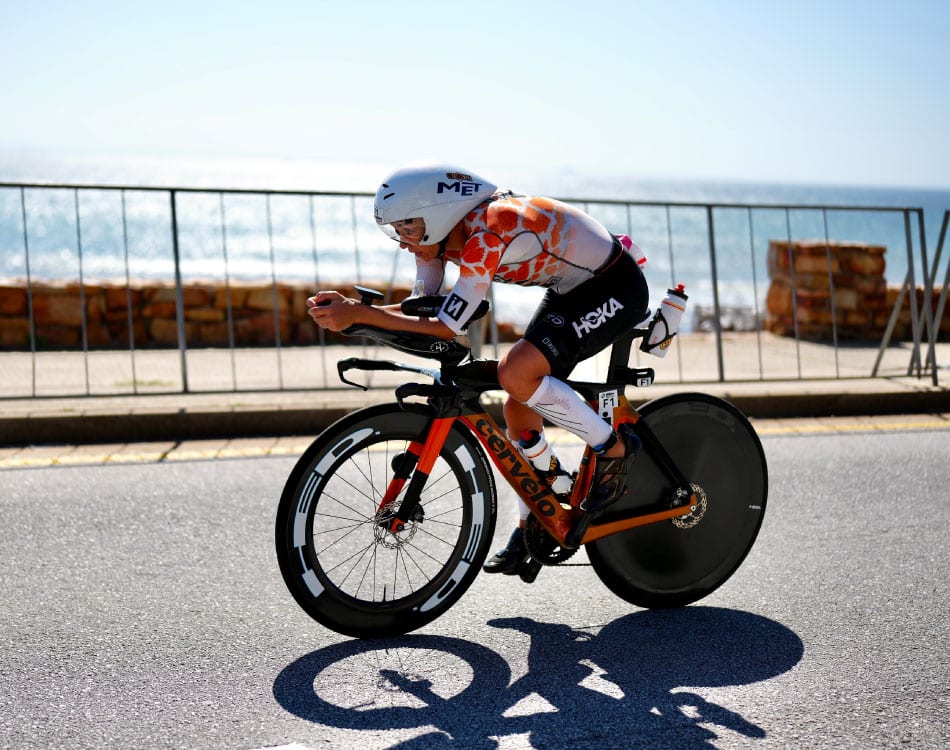It’s cold outside, which means riding a bike can be uncomfortable and unpleasant, no matter how much you enjoy the sport.
If the idea of pedalling indoors on a stationary bike or set of rollers isn’t that appealing, then perhaps it’s time you tried a spinning class.
Real-world simulation
A spinning bike has a weighted flywheel which simulates the effects of inertia and momentum experienced when riding a real bicycle.
This makes it a more challenging workout than one performed on a traditional stationary bike.
The design of a spinning bike also allows riders to adopt various positions on the bike, which makes it more practical in terms of varying a workout.
Other pros of spinning include:
- The flywheel increases the intensity and effectiveness of the workouts to help boost fitness and blast more calories than a stationary bicycle can.
- The flywheel enables riders to reach much higher cadences than stationary bikes, which helps with speed and endurance conditioning.
- Spinning more closely simulates the forces and resistance experienced during cycling, which makes it a great option for indoor cycling training. In other words, the effects are directly transferable to the road or mountain bike.
- Your ability to stand and change hand positions on the spinning bike means that more of your upper body can be incorporated into a spinning session.
- Classes are fun and engaging, which offers a different dynamic and can increase your enjoyment and adherence to training through winter.
Cons to consider
There are very few cons associated with spinning. The main one is the non-weight bearing nature of the exercise means that it does little to improve bone density. But any serious cyclist should already include riding with some form of weight or resistance training.
The other con is that excessive cycling, in any form, can shorten your hip flexors. As such, it is beneficial to follow any spinning session (or ride for that matter) with a suitable stretching and mobility routine that targets your hip area.















